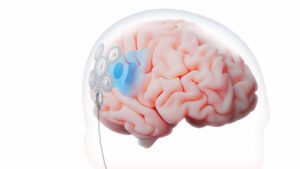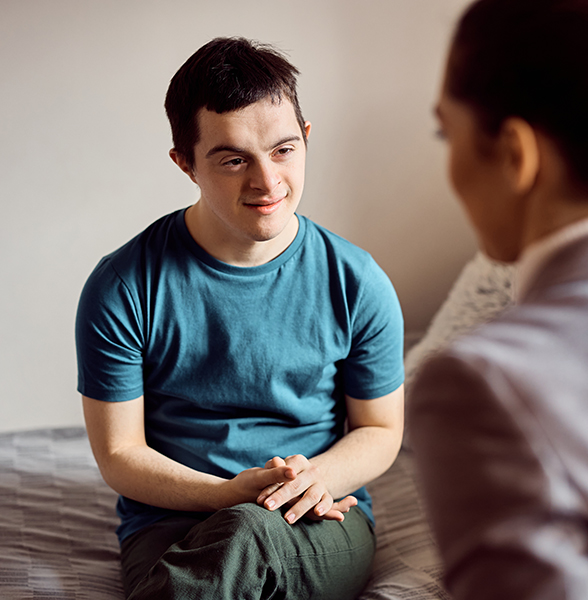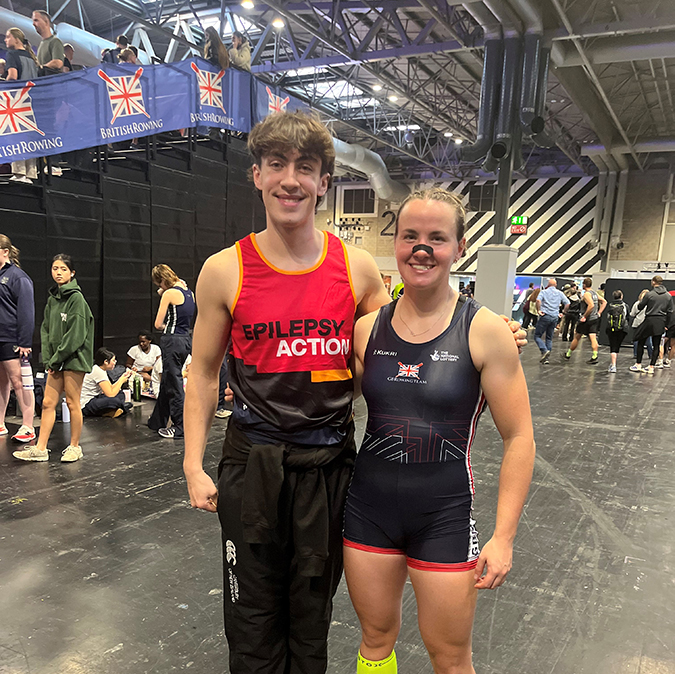 A ‘brain pacemaker’ aiming to reduce seizures in people with drug-resistant focal epilepsy is now available on the NHS.
A ‘brain pacemaker’ aiming to reduce seizures in people with drug-resistant focal epilepsy is now available on the NHS.
The device is called EASEE (Epicranial Application of Stimulation Electrodes for Epilepsy) and is developed by medical technology company Precisis.
EASEE is placed just under the scalp over the epileptic focus, where seizures start. It sends high-frequency pulses every two seconds to disrupt emerging seizures. It also has direct current-like phases every day for 20 minutes, designed to “regulate over-excitable brain areas in the long term to prevent seizures”.
Research by Andreas Schulze-Bonhage and colleagues from Germany and Belgium looked at how effective and well tolerated the device was. The research was carried out on 33 people. It found that four in five people (81%) who started the treatment continued using the device for the two years of the research.
In the first year, seizures reduced for two fifths of people (41.4%). After two years, seizures reduced for around two thirds (65.4%).
The median number of seizures reduced from 12 a month to eight a month after one year and five a month after two years. This means a 33% reduction after one year and a 68% reduction after two.
The researchers concluded that the device is “effective and well tolerated”.
CEO of Precisis, Dr Angela Liedler, said: “Drug-refractory patients wait, on average, 22 years before they are offered further treatment options. With EASEE, the treatment spectrum is expanded in the early phases of the disease, meaning patients are able to access effective treatment earlier in their lives.
“EASEE is minimally invasive compared to other non-pharmacological treatment methods, and it is available for epilepsy patients over the age of 18 years.”
More articles







